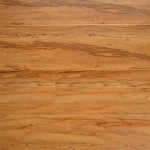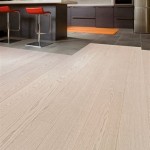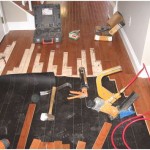Installing Vinyl Flooring on Uneven Concrete: Essential Aspects
Transforming uneven concrete subfloors into elegant vinyl flooring havens requires careful planning and execution. This comprehensive guide illuminates the essential aspects to ensure a successful and long-lasting installation.
1. Subfloor Preparation: Leveling and Smoothing
Uneven concrete presents a challenge that must be addressed before vinyl installation. Grinding or leveling compounds can rectify dips and slopes, creating a smooth and stable surface. Leveling compounds, self-leveling or troweled, effectively fill voids and ensure a uniform base.
2. Moisture Mitigation: Vapor Barriers and Underlayment
Moisture lurking beneath concrete poses a threat to vinyl flooring. Install a vapor barrier, such as 6-mil polyethylene sheeting, to prevent moisture from seeping through the concrete and damaging the vinyl. An underlayment, typically 1/4-inch to 1/2-inch thick, provides additional moisture protection, reduces sound transmission, and enhances comfort underfoot.
3. Acclimation and Expansion Gaps
Vinyl flooring undergoes expansion and contraction in response to temperature and humidity changes. Allow vinyl planks or tiles to acclimate to the room's environment for 24 to 48 hours prior to installation. Ensure proper spacing around the perimeter and between rows with expansion spacers to accommodate these movements.
4. Adhesive Selection: Permanent vs. Temporary
Adhesive selection is crucial for securing vinyl flooring to the subfloor. Permanent adhesives provide a strong and lasting bond, while temporary adhesives facilitate easy removal if necessary. Choose the appropriate adhesive based on the vinyl type and subfloor conditions.
5. Installation Techniques: Floating vs. Glue-Down
Two primary installation methods exist for vinyl flooring: floating and glue-down. Floating installations involve locking the planks or tiles together without adhesives, while glue-down installations require bonding the flooring directly to the subfloor. Glue-down installations provide a more secure and water-resistant solution, but they also require more effort to install.
6. Trimming and Finishing: Walls and Transitions
Once the vinyl flooring is installed, it's time to trim around the edges and install transition pieces where it meets other flooring types. Use a utility knife or saw to trim excess material, ensuring a clean and professional finish. Transition pieces, such as molding or T-strips, provide a smooth transition between different flooring materials.
By adhering to these essential aspects, you can transform uneven concrete into a stunning and durable vinyl flooring surface. Remember to consult with flooring professionals if you encounter any challenges or require specialized advice.

Should We Be Concerned About Vinyl Plank Installed Over Uneven Floors

Laminate Or Vinyl Plank What Works Better Over An Uneven Subfloor

Vinyl Plank Flooring On Uneven Concrete

Vinyl Plank Flooring On Uneven Concrete

Easy Ways To Install Vinyl Plank Flooring On Concrete

How To Prepare A Concrete Floor For Vinyl Flooring Parrys

Laying Vinyl Planks The Right Way Expert Guide By Fantastic Handyman

Vinyl Plank Flooring On Uneven Concrete Waterproof Basement

10 Beginner Mistakes Installing Vinyl Plank Flooring

Best How To Install Vinyl Plank Flooring Four Generations One Roof








